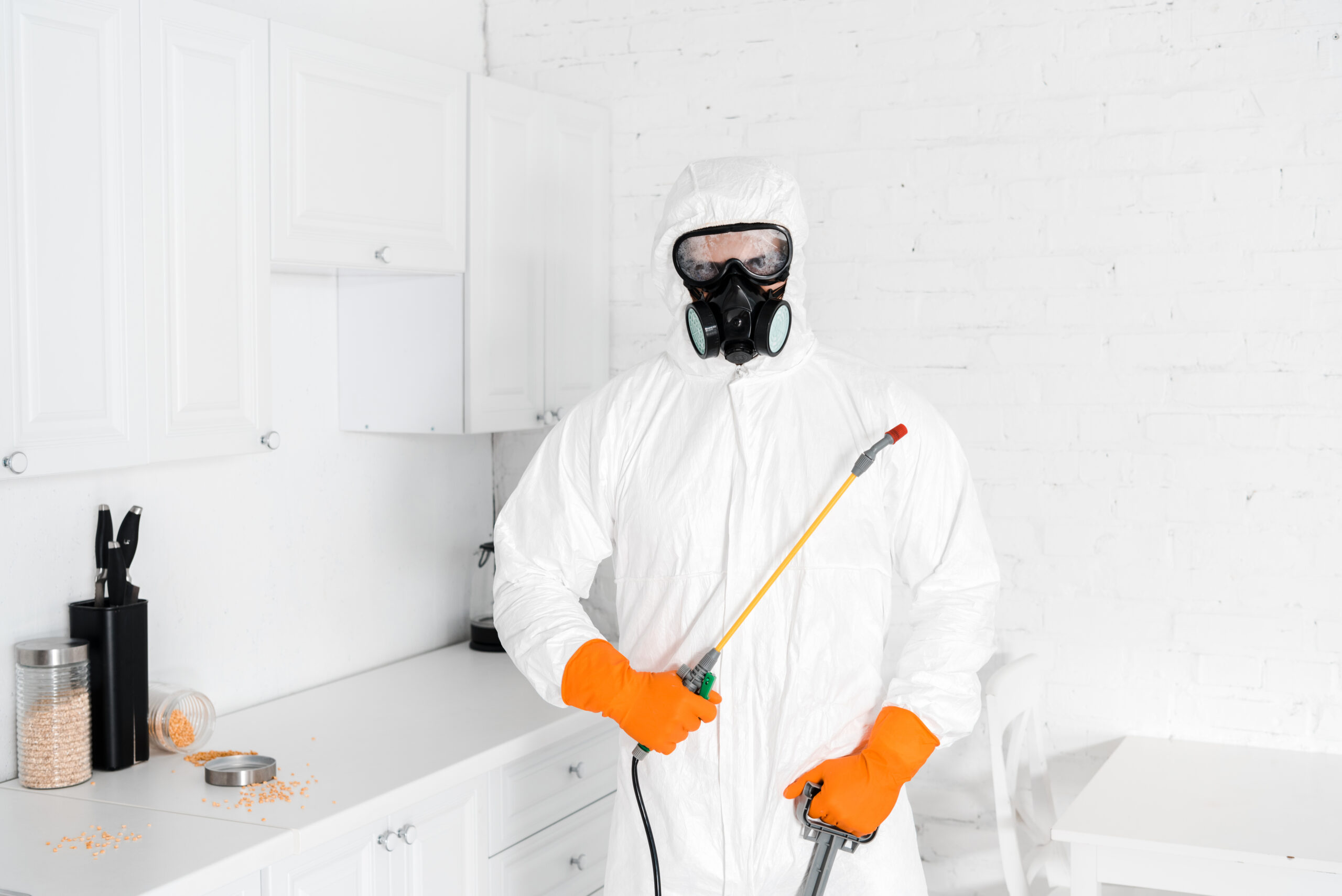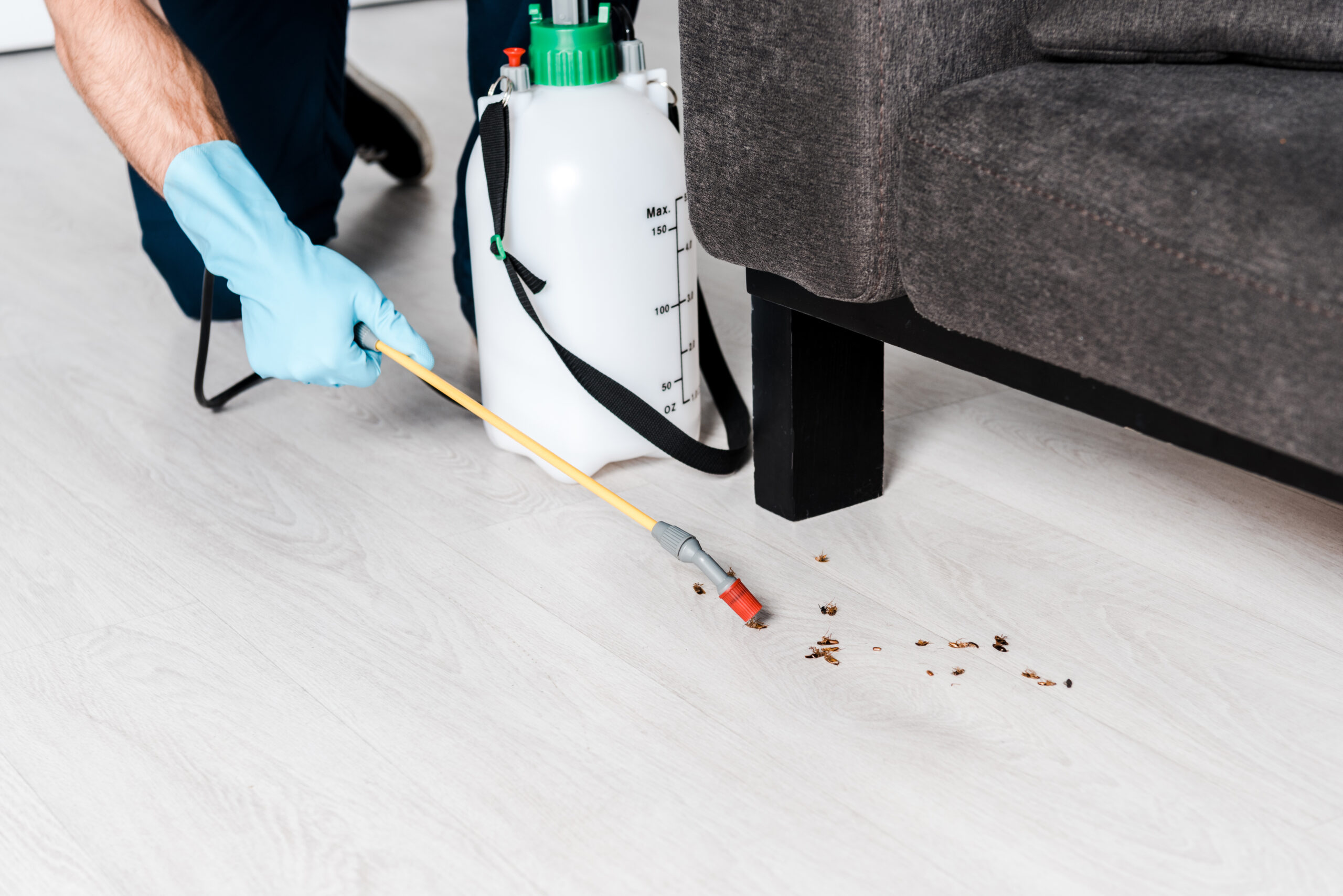If you’ve ever been stung by a wasp, you understand how painful and unpleasant it can be. Beyond their painful stings, wasps pose significant health risks, especially if you have an allergy to their venom. Wasps can be more than just a nuisance-they can be a serious safety concern.
On this page, we’ll cover the different types of wasps, how to identify them, and the most effective methods for eliminating them. We’ll also provide tips on preventing future infestations. Let’s start by exploring some essential facts about wasps.
There are several species of wasps commonly found in Canada, with the black wasp, yellow jacket, and hornet being among the most prevalent.
Black Wasp: This small wasp is primarily black and often builds nests in sheltered areas like under eaves or in roof spaces. Black wasps are generally not aggressive and will sting only if they feel threatened.
Yellow Jacket: Larger and more noticeable, yellow jackets are yellow and black. They often build their nests in open areas such as bushes or near trash cans. Yellow jackets are more aggressive than black wasps and may sting humans even without provocation.
Hornet: The largest of the common wasps in Canada, hornets are generally not aggressive but can sting if they feel threatened. They build their nests in open areas and their colonies include one queen, male drones, female workers, and larvae.



Mud daubers are a type of wasp that live in nests made from mud, peat, and straw. Their mouthparts consist of a set of mandibles shaped like a beak, but their front legs do not have claws or other adaptations for handling insects they may capture.
Mud daubers eat the larvae and adults from the colony they inhabit as well as honeypot ants they find nearby. They can also consume trapped water droplets to provide them with the hydration needed to survive without food or rain.
Mud dauber wasps build their nests by scraping the sides of mud with their mandibles. They then mix the mud with their saliva to make it pliable. Once the nest is built, the female wasp will provision it with paralyzed spiders and fly larvae for her young.
One of the most dangerous species of wasps is the Cicada Killer. Cicada Killers are so-called because they primarily prey on cicadas. They are large wasps that can be up to 2 inches long and are primarily black in color.
They are not aggressive and will usually only sting humans if they feel threatened. Cicada Killers build their nests in open areas like bushes or near trash cans.
Their nests consist of one queen, male drones, female workers, and larvae. Cicada Killers are the largest of the common Canadian wasps and will attack if they feel threatened.
A yellow jacket is a type of wasp that typically nests in protected areas such as between rocks, under decks, and garden structures.
Yellow jackets are mostly yellow and black in color and feed on honey gathered by the females and will sell it to other insects like ants or bees if there is no food around when these social insects come looking for provisions.
Hornets are the largest of the common Canadian wasps. They are black and yellow and can sting without provocation. Hornets are the largest of the common Canadian wasps and will attack if they feel threatened.
A hornet’s nest is typically built high up in the branches of a tree, on top of posts or fences, or on ledges. Simple hornet nest removal services can have these stinging pests out of your hair in no time.
We begin by thoroughly inspecting your property to identify pest types, entry points, and the severity of the infestation.
Based on our findings, we develop a targeted treatment plan tailored to your specific needs, ensuring effective and environmentally safe solutions.
After treatment, we provide guidance on preventive measures and schedule follow-up visits to ensure your property remains pest-free in the long term.